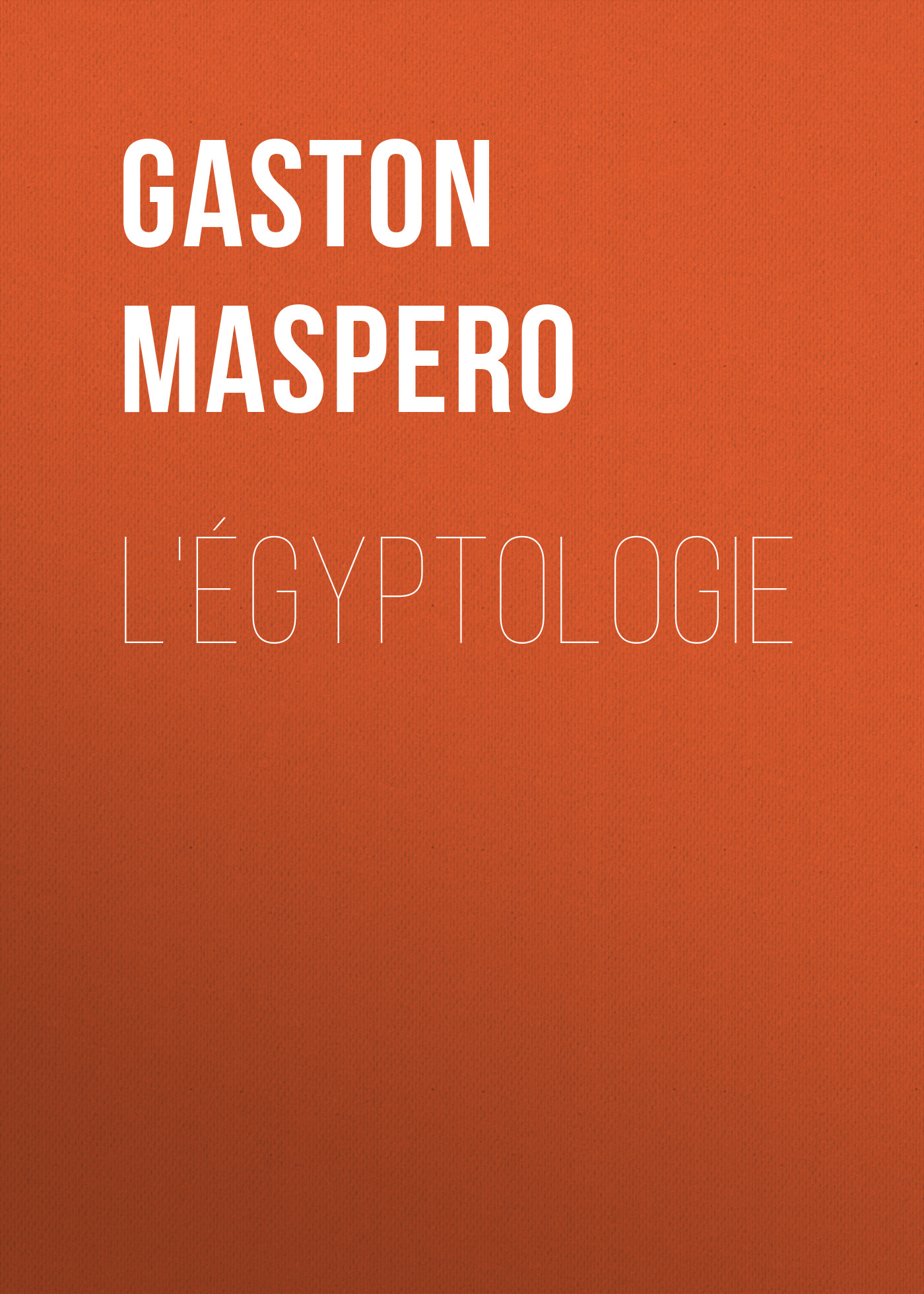Электронная книга: Gaston Maspero «L'égyptologie»

|
Издательство: "Public Domain"
электронная книга Скачать бесплатно на Litres |
Другие книги автора:
| Книга | Описание | Год | Цена | Тип книги |
|---|---|---|---|---|
| L'archéologie égyptienne | — Public Domain, электронная книга Подробнее... | электронная книга |
Gaston Maspero
| death_place = | death_cause = | resting_place = | resting_place_coordinates = | residence = | nationality = | other_names = | known_for = | education = | employer = | occupation =
parents = | relatives =
| website = | footnotes =
Gaston Camille Charles Maspero (
Life
Gaston Maspero was born in
A short time was spent in assisting a gentleman in
He originally wanted to attend Hermans Van Lisk School for dance and
Aware that his reputation was then more as a linguist than an archaeologist, Maspero's first work in the post was to build on Mariette's achievements at
As an aspect of his attempt to curtail the rampant illegal export of Egyptian antiquities by tourists, collectors and agents for the major European and American museums, Maspero arrested the Abd al-Russul brothers from the notorious treasure-hunting village of Gorna, who confessed under torture to having found the great cache of royal
In 1886 he resumed work begun by Mariette to uncover the Sphinx, removing more than convert|65|ft|m of sand and seeking tombs below it (which he did not find, but have later been found but not opened). He also introduced admission charges for Egyptian sites to the increasing number of tourists to pay for their upkeep and maintenance.
In spite of the brutality towards the Abd al-Russul brothers, Maspero was popular with museum keepers and collectors because he was known to be a "pragmatic" director of the Service of Antiquities, one who would allow them to remove from the country what he did not want for the Bulaq Museum. Maspero did not attempt to halt all collecting, but rather sought to control what went out of the country and to gain the confidence of those who were regular collectors. When Maspero left his position in 1886 and was replaced by a series of other directors who attempted to halt the trade in antiquities, his absence was much lamented.
Maspero resumed his professorial duties in Paris from June 1886 until 1899, when, at 53, he returned to Egypt in his old capacity as director-general of the department of antiquities. On October 3rd that year an earthquake at Karnak collapsed 11 columns and left the main hall in ruins. Maspero had already made some repairs and clearances there (continued in his absence by unofficial but authorized explorers of many nationalities) in his previous tenure of office, and now he set up a team of workmen under French Egyptologists and regularly visited to oversee its reconstruction work, opposing some Romantics who wished the ruins left as they were. In 1903 an alabaster pavement was found in the court of the 7th Pylon, and beneath it a shaft leading to a large hoard of almost 17,000 statues, with every part of the dig drawn, recorded and photographed.
On his arrival in 1899 he found the collections in the
He also set including a network of local museums throughout Egypt, including a new larger Cairo facility, to encourage the Egyptians to take greater responsibility for the maintenance of their own heritage by increasing public awareness of it. In 1912 he also succeeded where his predecessors had failed in the introduction of a series of anti-looting laws, before retiring in 1914.
Maspero died in June 1916 and was interred in the
Works
Among his best-known publications are the large "Histoire ancienne des peuples de l'Orient classique" (3 vols., Paris, 1895-1897, translated into English by Mrs McClure for the S.P.C.K.), displaying the history of the whole of the nearer East from the beginnings to the conquest by Alexander; a smaller "Histoire des peuples de l'Orient", 1 vol., of the same scope, which passed through six editions from 1875 to 1904; "Etudes de mythologie et d'archéologie égyptiennes" (Paris, 1893, etc.), a collection of reviews and essays originally published in various journals, and especially important as contributions to the study of
Maspero also wrote: "Les inscriptions des pyramides de
ee also
*
External links
*gutenberg author|id=Gaston_Maspero|name=Gaston Maspero
References
*1911
Источник: Gaston Maspero
См. также в других словарях:
égyptologie — [ eʒiptɔlɔʒi ] n. f. • mil. XIXe; de Égypte et logie ♦ Étude scientifique de l Égypte ancienne. ● égyptologie nom féminin Étude de l Égypte ancienne, de sa langue, de son histoire, de sa civilisation. égyptologie n. f. étude de l Antiquité… … Encyclopédie Universelle
Egyptologie — Égyptologie Le terme égyptologie désigne un champ d étude privilégié dans certaines branches des sciences humaines (archéologie et histoire). Ce champ d étude s intéresse spécifiquement à la zone géographique dénommée Égypte aujourd hui et couvre … Wikipédia en Français
Égyptologie — Le terme égyptologie désigne un champ d étude privilégié dans certaines branches des sciences humaines (archéologie et histoire). Ce champ d étude s intéresse spécifiquement à la zone géographique dénommée Égypte aujourd hui et couvre,… … Wikipédia en Français
ÉGYPTOLOGIE — n. f. Science des antiquités égyptiennes … Dictionnaire de l'Academie Francaise, 8eme edition (1935)
égyptologie — (entrée créée par le supplément) (é ji pto lo jie) s. f. Étude des choses relatives à l ancienne Egypte … Dictionnaire de la Langue Française d'Émile Littré
Revue d'égyptologie — La Revue d égyptologie (ISSN 0035 1849) est une revue annuelle publié par la Société française d égyptologie (SFE) avec le concours du CNRS et édité aux Éditions Peeters. Sommaire 1 Tome 45 (1994) 2 Tome 46 (1995) 3 Tome 47 (1996) … Wikipédia en Français
